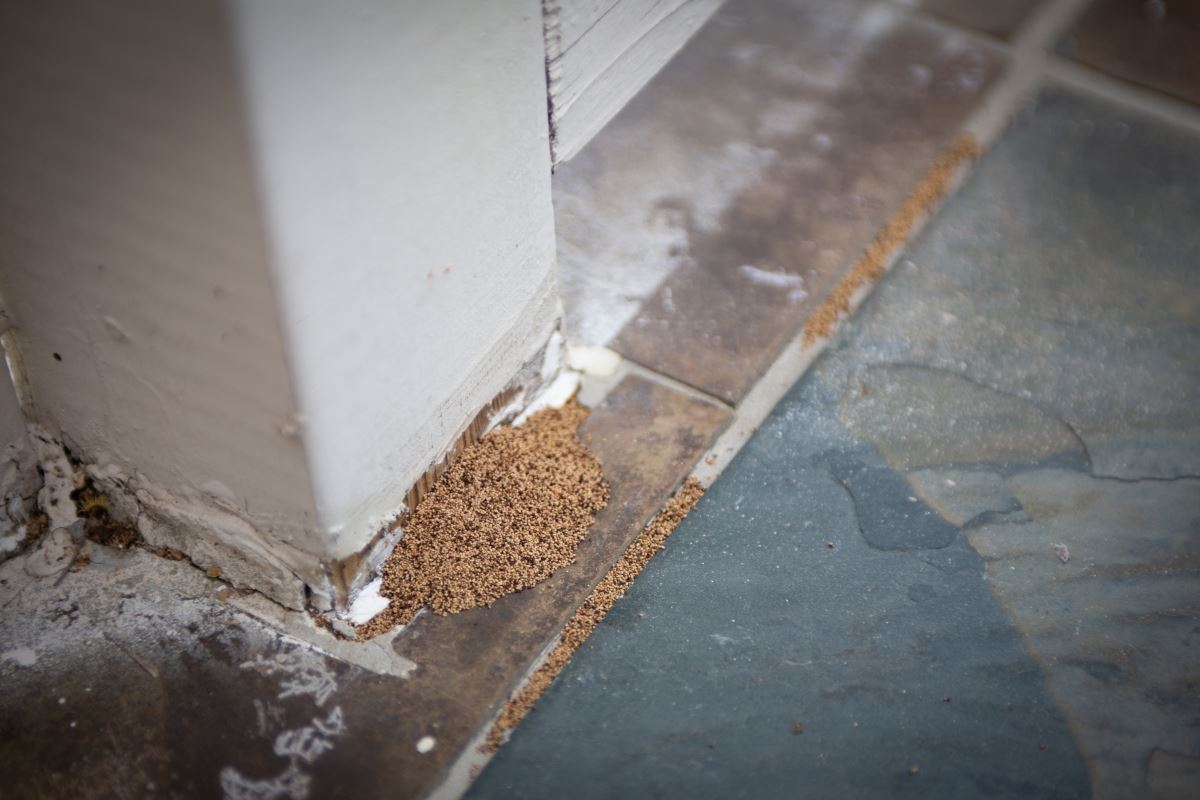It’s an unfortunate truth: Termites thrive here in the great state of Arizona. Why? Well, our climate has long proven to be the ideal climate for termites, and our homes prove to be the ideal habitat for these pests. Fortunately, with a bit of proactive termite control, keeping termites out of your home can be simple and effective, and here at Arizona Termite Specialist, we aim to do just that.
Now, let’s better understand the habitat of these nasty little creepy crawlies, so that you can recognize vulnerable points in your home, and signs that termites have made their way onto your property. Here’s our list of reasons why termites thrive here in the Grand Canyon State.
Ideal Living Conditions
Termites actively seek out ideal living conditions when a colony splits off to settle in new territory. Swarming termites will look for a habitat that provides food, shelter, a controlled climate, and a bit of moisture.
Food
Termites live on cellulose, which is an organic compound that is available in a variety of materials. Termites eat cellulose that can be found in paper (like newspaper), drywall, and of course, wood. When swarming, a new colony will seek out a source of cellulose that will support the growth of the colony.
Shelter
Termites prefer to live in warm, dark, wet environments. Here in Arizona, temperatures may be too hot for termites, normally. However, our high temperatures often force termites indoors or underground (in the case of subterranean termites). A cool home can provide the perfect mixture of warmth for a termite colony.
Termites also prefer dark spaces, where they aren’t vulnerable to attack. That’s why termites build their colonies underground or in tunnels in wood structures.
Climate
As we mentioned, termites have a preferred temperature range, and they thrive in warmer climates. Termites can live in environments up to 95 degrees Fahrenheit, and will only begin to die off at temperatures over 100 degrees Fahrenheit. Termites prefer a temperature range between 75 degrees and 95 degrees, and the walls of a home are often within this range, even in the height of a summer heat wave here in Arizona.
Moisture
Termites prefer climates with some moisture in the air, although they need very little to survive. It’s likely that termites have enough moisture inside of a residential home in order to stay alive. Since termites build their colonies in a maze of small tunnels, these tunnels can serve to wick moisture from the air, which may be ample to keep the colony alive, if not thriving. Termite tunnels can hold enough moisture for the termites to feed on water that beads up in the tunnel. Be wary of the moisture content of your home. If you have an in-home humidifier, you may be more likely to attract termites to your property.

Know the Signs
Since Arizona is a prime territory for termites, it’s important to recognize the signs that termites have made their way onto your property. We recommend that folks keep an eye out for the following signs of a termite infestation:
Mud tunnels: Subterranean termites build mud tunnels to connect from the ground (where they’ll start their colony) to a food source. You may see mud tunnels reaching through a crack in the foundation of your home, where it may span over walls, pipes, etc. finally reaching a source of food. These tunnels are about a pencil width in diameter.
Hollow wood: Drywood termites and subterranean termites may hollow out wood as they devour it from the inside. Tap on any wood that you suspect may be infested — it may make a hollow noise. In addition, you may notice that your wood is discolored or cracked, both of which may indicate that termites are just below the surface.
Dropped wings: When termite colonies split, a group of termites will grow wings and fly away from the original colony in order to find a suitable habitat to form a new colony. Once this group of termites has settled on a destination, they will shed their wings and begin building the colony. If you notice dropped wings anywhere on your property, then it means that termites have recently landed nearby, and they’re just beginning to build a new colony. It’s likely that little to no damage has been done to your home yet, but you should act to ensure that the colony is exterminated before it begins to grow out of hand.
Piles of droppings: Drywood termites will create small holes in the wood structures through which they tunnel. These small holes serve as a way for the colony to get rid of any droppings that the termites create. As termites push their droppings through these holes, you may end up with piles of droppings. Look for small piles of wood-colored pellets — this is an indication that termites are in the wood overhead.
Protect Your Home Today
As you’re well aware, Arizona is one of the best habitats for termites. Yet, with a bit of proactive protection you can ensure that your home doesn’t fall victim to these tiny pests. Count on the termite experts here at Arizona Termite Specialist to ensure that your home is protected from termites that thrive in our local climate. We provide termite control and extermination services for our neighbors here in Phoenix, Scottsdale, Cave Creek, Gilbert, Mesa, and Peoria. Give us a call today to get started!
The post Why Termites Thrive in Arizona appeared first on Arizona Termite Specialists.


